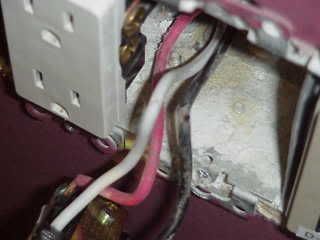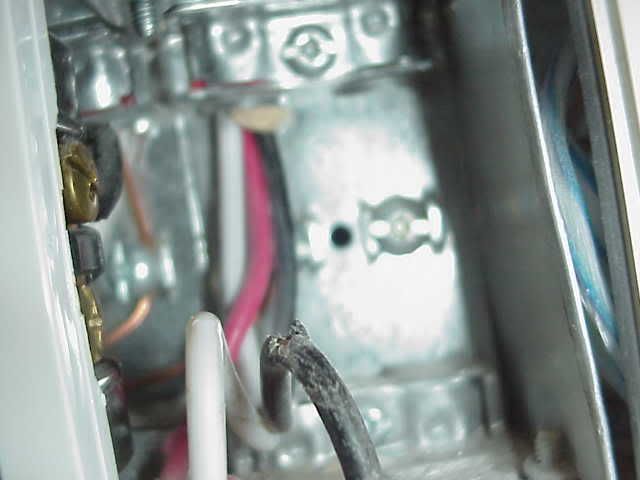shockme77 said:
This is a classic case of objectional current flow. And the low voltage television equipment that is required to be bonded had in effect become ungrounded. Correct?
Shockme
Not really.Check out derekbc's excellent dissertation on this subject in this forum group feb 10/07-entitled "audio recording circuit"
I have included a small sample below
Ghostbuster
Quote:
Originally Posted by dbuckley
The AC power that goes into a <fill in piece of audio equipment here> goes straight into a transformer, the primary of which has no reference in the equipment to to ground
Incorrect, input transformers are not used, haven't for the last 15 yesrs, they use switch mode power supplies. Any switch mode rectifies line voltage directly to DC, converts to high frequency AC, then into a transformer/rectifier circuit to derive the various DC voltages used by the equipment. But for the sake of argument lets say they do use an input transformer, the AC line is referenced to ground, why, there is a nuetral involved. In addition you have line input filters installed between L-G and N-G that discharge right into the chassis ground.
Either a isolation transformer or balanced transformer removes all noise from the line as they both are the same thing just tapped differently.
I agree most problems are eliminated by proper wiring techniques, but not common mode noise. Only device capable of effectively removing common mode noise is either an isolation transformer, motor-generator, or dual conversion UPS.
The safety problems involved with 120/60 systems are addressed in the code. Both phase conductors have to have OCPD and GFCI receptacles. In the case of the plug-n-play systems, all that is built into the box.
I am not advocating that balanced power is the only answer, it is the last resort. As Brian stated start with dedicated circuits, insure all the wiring of the facility meets code, and if that fails start taking steps.
Most of the noise like hum is caused by the equipment being sourced from multiple circuits that have small voltage differences induced onto the grounding conductors. These small voltage differences are picked up by the interconnected signal cables that use unbalanced transmission like coax where ground is used as a path. This is common mode noise.
There are lots of ways to deal with common mode noise like signal transformer, balanced signal lines, dedicated circuits, and isolation transformers. Start with the least expensive methods and work your way up. Personally I like optical, no problems.
__________________
Moderator




